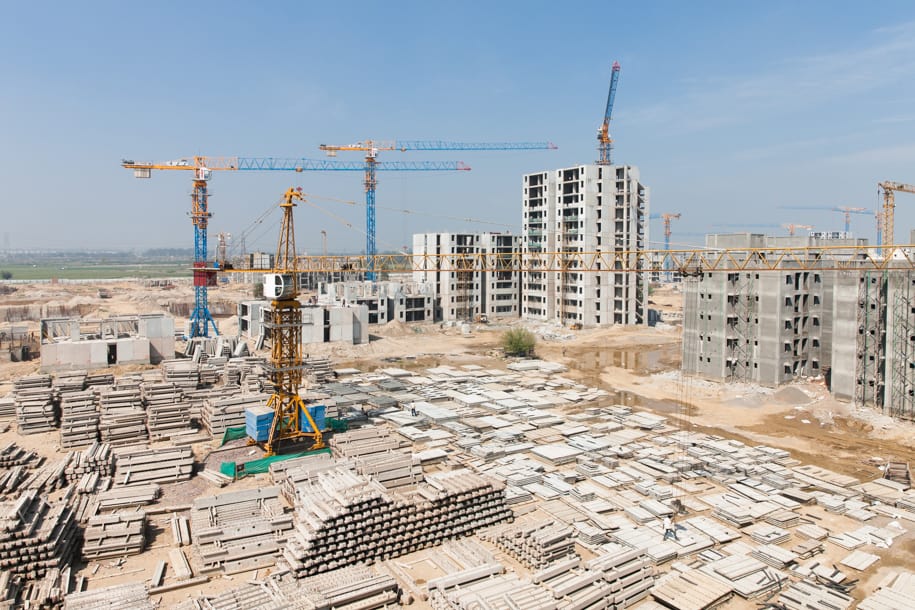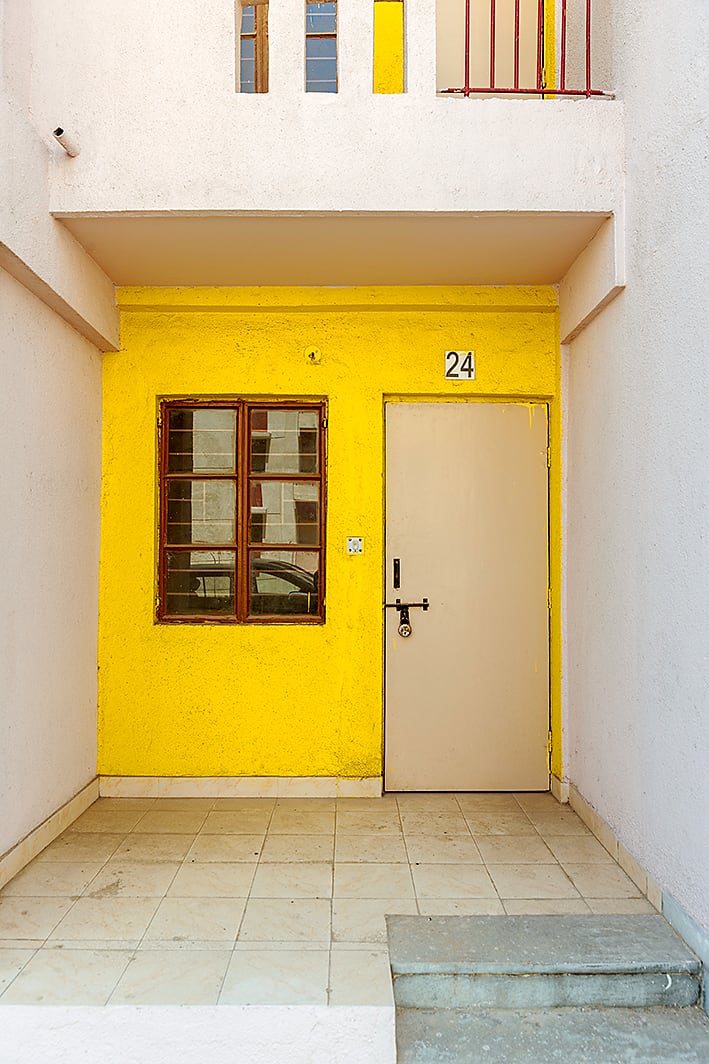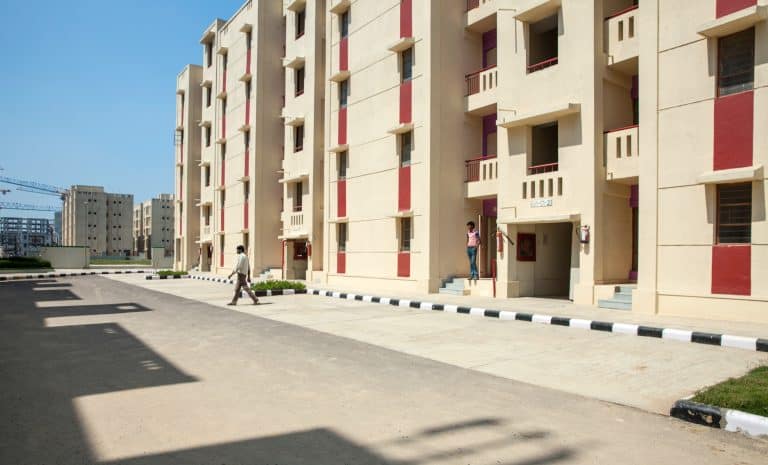Smart precast technology caters to the needs of affordable housing

Rapid population growth is leading to a major demand for new infrastructure in many large cities in Africa, South America, and India, which all have a housing shortage of tens of millions of apartments. People need safer and more comfortable places to live, and prices need to be reasonable. Precast construction is a cost-efficient, fast and sustainable building technology for large housing projects that doesn’t compromise on quality.
In rapidly urbanizing areas, land has become a scarce commodity. Many governments aim to improve the situation by investing in infrastructure renewal. “In Kenya, for example, the government is committed to ensuring every citizen has access to affordable housing. Investing in precast technology means long-lasting, secure and comfortable homes for those in need,” says Ismo Kallio, Vice President, Sales at Elematic.
To help people find a home in India, the government has announced “housing for all” smart cities, and invests in the creation of urban infrastructure, such as water supply, sewerage, and waste management in cities all across the country.
A modular and efficient building system
Precast is a modular building system based on ready-made, factory-manufactured components and intelligent connections. It provides a way to design and construct a sufficient number of suitable homes to meet the needs of city dwellers in a reasonable timeframe and at a reasonable cost.
“It is a smart and industrialized way to construct cost-efficient buildings,” says Prakash Shah, Head of Technical Support at Elematic. The competitive and proven precast solutions result in controlled quality, along with a long service life and low maintenance costs, and flexibility in design.
Compared to traditional cast-in-situ, precast uses less cement, water, steel, and labor. Most of the work is transferred from the site to a safe and controlled, automated factory environment. This results in improved productivity and minimal logistics: precast products can be transported to a site ready-to-install. “The shorter construction time and low lifecycle costs of the buildings make precast an optimal technology for large housing projects where productivity plays a key role,” says Shah.

Any type of element with just one investment
Modern plants are scaled to meet the precast need: the deliveries always take possible future capacity expansion into account. The same production line allows the manufacture of precast products from affordable to high-end housing, as well as for factories and office complexes.
“The production lines are very versatile with a nearly unlimited palette of options – just change the type of the element, or the surface material.
You can start with elements for more affordable buildings, for example, and later change to another product type depending on the project at hand or market needs,” says Kallio.

Savings in concrete and energy
Precast buildings are well-suited to hot climates. Both the thermal and sound insulation properties of precast are very advanced. Precast concrete buildings absorb and store surplus heat and slowly release it back into the air.
Precast can also be used for buildings in seismic areas, when the specific local requirements are taken into account in analysis and design. Demands for precast connection types vary among different precast products, local building conditions, occupancy requirements, and loads. A building can be fully or partially precast, depending on the local construction conditions and requirements.
One of the most common precast products, the hollow-core slab, is a versatile prestressed concrete element typically used in floor construction in multi-story buildings. The weight is only 50 to 60 percent of a solid slab. “Hollow-core slab is one of the most sustainable construction materials, enabling savings in concrete, cement and reinforcements. Concrete is used only where it is actually needed,” Kallio explains. The slabs meet the strict requirements for airborne sound transmission.

“The shorter construction time and low lifecycle costs of the buildings make precast an optimal technology for large housing projects where productivity plays a key role.”
The most common precast products include:
- hollow-core slabs
- wall elements form sandwich to gray walls
- partition walls
- building foundations with precast concrete piles
- beams and columns for structural frames